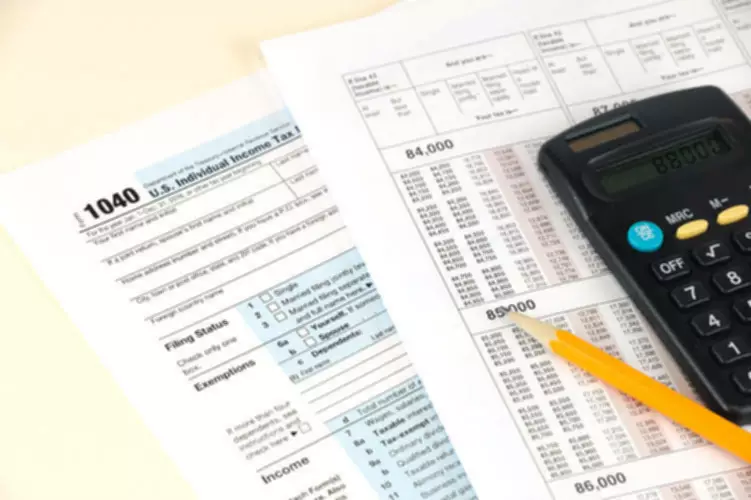Content

The cost of goods flows to the income statement via the Cost of Goods Sold account. Inventory is a current asset account found on the balance sheet, consisting of all raw materials, work-in-progress, and finished goods that a company has accumulated.
The company has a significant portion of its inventory as pipeline stock. Pipeline inventory (also called in-transit stock or transit inventory) is any stock currently moving between manufacturers, distributors, retailers, or another destination. In most cases, the bigger a company’s operations, the more pipeline stock it has to manage. Commodity brokers and dealers who measure their inventories at fair value less costs to sell.
Raw materials inventory
Finished goods are products that are 100% completed and are ready to be sold. In the case of the chips example, the chips will be in the bags, boxed together and ready to be sold to retailers or wholesalers. Take, for example, an electronics company that sources its components from Taiwan, manufactures its products in the US, and then distributes them to various retailers around the world.
- The four main inventory valuation methods are FIFO or First-In, First-Out; LIFO or Last-In, First-Out; Specific Identification; and Weighted Average Cost.
- It is understandable as the inventory under process is of no use till it gets converted into the final product.
- Shaun Conrad is a Certified Public Accountant and CPA exam expert with a passion for teaching.
- Sometimes, inventory can feel like a liability, but it is actually a vulnerability.
- Inventory can be categorized in three different ways, including raw materials, work-in-progress, and finished goods.
- On the other hand, the perpetual inventory system is a very intricate system that tracks goods in real time using bar code scanners and sophisticated computer system.
The former uses them to convert them into the final products by applying manufacturing processes. For example, aluminum scrap is the raw material for a company that produces aluminum ingots. Flour is the raw material for a company that produces bread or pizza. Similarly, metal parts and ingots are the raw materials bought by a company that manufactures cars, and crude oil is the raw material for an oil refinery. Inventory accounting is all about how a business would show the stock it holds in its financial records – balance sheets, profit & loss (P&L) reports, etc.
Inventory
To benefit from Cost of Sale accounting; purchasing, inventory and accounting processes need to be tightly integrated, and ideally all operate within the same software platform. Through a single configuration, accurate data can be accessed in real-time, since transactions are automated and opportunities for error are reduced.
Periodic Inventory vs. Perpetual Inventory: What’s the Difference? – Investopedia
Periodic Inventory vs. Perpetual Inventory: What’s the Difference?.
Posted: Sat, 25 Mar 2017 17:47:00 GMT [source]
The LIFO method assumes that the business will use the latest stock first and the remaining inventory will be based on the cost of the oldest goods. The weighted average method looks at both the inventory and the period. Retailers will record the total amount that they paid for their goods. The cost of goods will include all charges linked to the purchase of the product for example, tax and delivery costs. Manufacturers will include the entire cost of completing the product to a point where it is ready to be sold.
What are the two types of inventory accounting systems? Briefly describe each.
Add any newly purchased inventory throughout the accounting period. If you sell an item valued at $100 and the COGS is $30, your company has achieved a gross profit of $20. It’s a simple formula, though it can become more complex if manufacturing your own products. The value of any unsold, on-hand inventory at the end of an accounting period. So, your weighted average cost would be the $5000 cost divided by the 300 shirts. Inventory accounting is a key aspect of your inventory management toolkit, because it allows you to evaluate your Cost of Goods Sold and, ultimately, your profitability.
- Basic office supplies such as pens, highlighters, and paper would also be in this category.
- As a retailer, you would take inventory “on consignment” from a distributor, which means that you don’t have to pay for it until you sell it.
- You just need to create a sales order for the retailer and mark the inventory as allocated.
- In a manufacturing or a trading business, fluctuations and market movements cannot always be predicted.
You add that to the 100 items left that you bought in June times the $4 you spent to purchase them. Sometimes, inventory can feel like a liability, but it is actually a vulnerability. If a business owner miscalculates the inventory it needs, then the firm may either stock out or hold on to too much inventory until it becomes obsolete. Stockouts cause the loss of customer goodwill and sales will drop. When the purchase invoice is later reconciled against the purchase order, make any corrections. If your accounting system is not integrated with yourinventory management system, then you’ll lose this detail. Depending on the inventory management platform you use, you may get the provisional cost of sale figure or the corrected cost of sale figures.
What is inventory management system project?
For example, the chips have already been baked a spiced, but it hasn’t been bagged yet the product is thus partly completed and cannot be sold yet. Raw materials are the basic components needed to create the finished good. For example, in a company that manufactures chips, the raw materials will be potatoes and oil. This content is for information purposes only and should not be considered legal, accounting, or tax advice, or a substitute for obtaining such advice specific to your business.
This method is most often used with highly customized items, such as art, or specialty items built for the consumer, such as luxury boats. Our sales engineers are experts in automatic asset tracking, tagging and identification,a nd can answer all your questions. Reduce replacement costs and integrate seamlessly with durable asset tracking labels. Government & CivilGovernment & Civil Explore asset tags designed for permanent attachment to government assets such as traffic signs, equipment and infrastructure. Government & Civil Assets Explore asset tags designed for permanent attachment to government assets.
Let’s take a look at each of these categories in the Ford car plant. When goods are sold, properly record the transactions and ensure that the correct items are billed and shipped to customers. https://www.bookstime.com/ Record sales in the sales operating account with the appropriate sales object code. Transfer the inventory cost of goods sold to the operating account using a cost of goods sold transaction.

The benefit is smooth business flow and customer satisfaction, and the disadvantage is the carrying cost of inventory. They keep raw materials as buffer stock for achieving nonstop production and finished goods for delivering any size or order by the customer. Ending InventoryThe ending inventory formula computes the total value of finished products remaining in stock at the end of an accounting period for sale. It is evaluated by deducting the cost of goods types of inventory accounting sold from the total of beginning inventory and purchases. It’s highly likely that a business will not sell the entirety of its inventory at the end of each accounting period. Meaning any on-hand, unsold stock becomes an asset that must be valued and included in financial statements. Accountants need to determine whether to use first in, first out , last in, first out , weighted average method, or specific identification method of inventory accounting.

Recent Comments